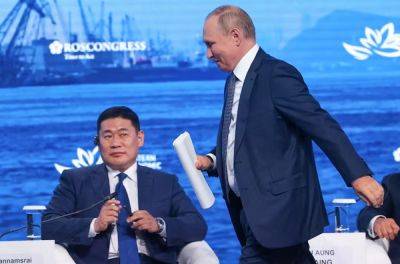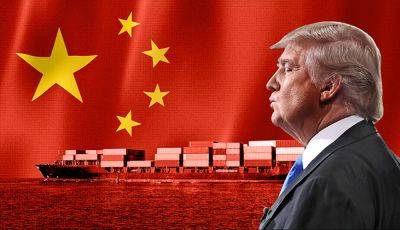China’s Africa interests driven by race for renewables
China-Africa relations have deepened over the past two decades, characterized by increased economic cooperation, investment and infrastructure development. China is now Africa’s largest trading partner, with partnerships focused on building roads, railways and energy projects.
As the ninth Forum on China–Africa Cooperation (September 4-6) kicks off in Beijing, a new, green theme is shaping their relationship: the global renewable energy race.
Lauren Johnston, a development economist with expertise in China-Africa relations, provides some insights here into this development as it positions both regions as key players in the global shift towards green energy.
How is the race for green energy shaping relations between China and Africa?
The global climate crisis has created a push for renewable energy technology – like solar or wind power – which would lessen reliance on polluting energy sources. China saw some years ago that it had a chance to lead in such a new industry.
Africa is home to a lot of the important minerals needed to create renewable technologies – like copper, cobalt and lithium, key ingredients in battery manufacture. The race for green energy is therefore leading to a rush for these minerals in Africa, led by China, the US and Europe.
Chinese mining presence in Africa, which is much lower than Western presence, is concentrated in five countries: Guinea, Zambia, South Africa, Zimbabwe and the Democratic Republic of Congo (DRC).
Among them, the DRC, Zambia and Zimbabwe are the crucible of the new green energy race in Africa. They are home to Africa’s copper belt and the greatest store of lithium, copper and cobalt.
The DRC is particularly important. It has significant reserves of cobalt and high grade copper,







